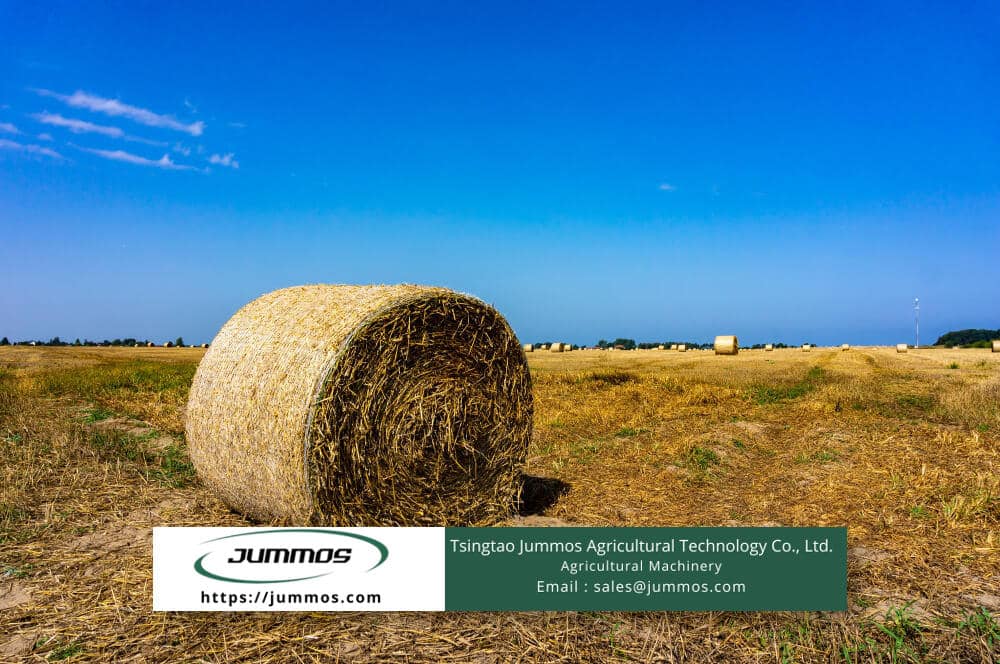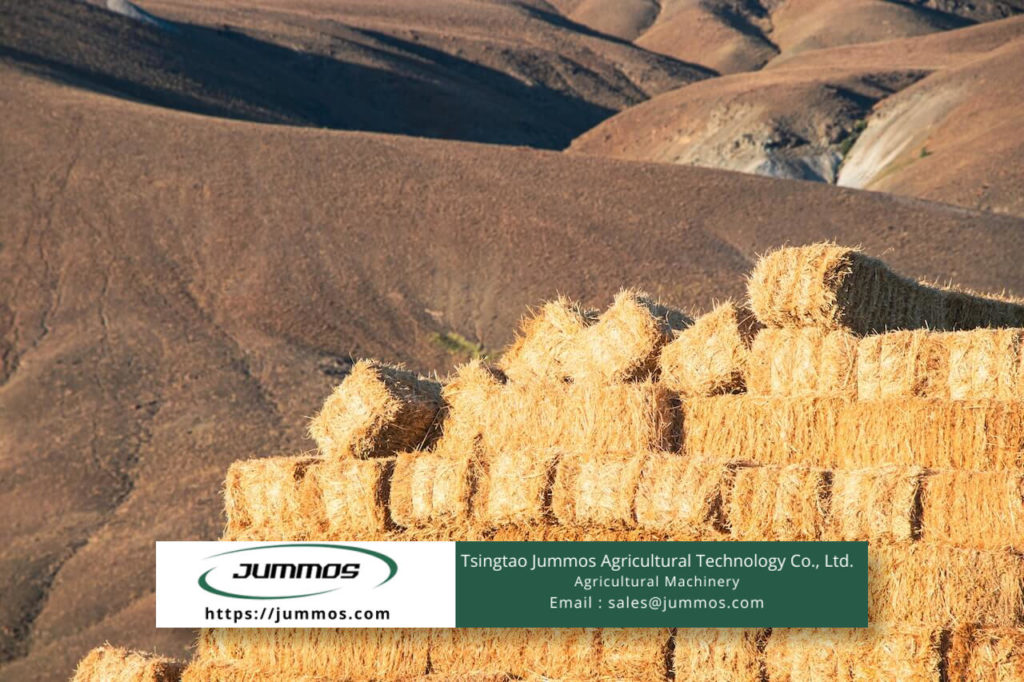Grass hay is one of the most common plants for forage or animal feed and bedding after farmers roll it and then wrap it using a wrapping baler. Many farmers deliberately use part of their land as a place to plant hay. After reaching a certain height, the plants will enter the harvesting machine. Farmers also cut and dry this material for animal feed.
The dry season usually makes it difficult for breeders to get forage. That’s when they need silage which is the final form of hay fermentation. You can also use hay as a warm bed for cows and horses. This is a valuable gift for livestock so that they can sleep soundly with the hay bedding that you arrange in such a way.
The particular humidity and aroma in the hay sometimes makes your livestock often chew the hay while curled up on it, especially horses and rabbits. This is okay as long as you manage it as efficiently as possible so that the livestock do not have excess nutrition which can affect their body weight and digestion.
Contents
Growing Grass Hay
Maybe at first you didn’t think much about growing grass hay as feed or bedding for livestock. But as time goes by, your farm accommodates a lot of livestock and makes a lot of money.
Therefore, you have to prepare the best feed so as not to disappoint your many customers who need eggs, meat, milk, and skin from your livestock. So, there are several things you have to pay attention to be able to grow high-quality hay. One of them is understanding the type of hay.
Quality hay is what you will give to all livestock whether it is cows, sheep, goats, horses or buffalo. Then, you can also consider growing certain types of hay to sell to build a business. Types of hay generally come from legumes, grass hay, and a mixture of legumes and grass. Successful production of high-quality hay comes from the best plants. Each type of hay has its own unique properties and nutritional content.
Legumes
Most farms are very familiar with legume hay as a source of high calcium, protein, and abundant vitamins and minerals. Cows like this feed because it tends to be tastier than other types of hay. There are a variety of legumes you can choose from to grow high-quality hay such as alfalfa, clover, birdsfoot trefoil, vetch, and sainfoin. Alfalfa is the highest forage among all types of legumes.
Not only dairy cattle, the best quality legume hay is also ideal for sheep and goats. Legumes can help these livestock in balancing milk production. They love it so much that they eat it continuously. This really affects the animal’s body weight until it gets bigger.
Meanwhile, horses also like legumes but they have to run and walk more often than other livestock animals. For this reason, legume hay for horses will be with grass hay as a mixture so that their energy is not excessive.
Grass Hay
The type of hay that is most suitable for you to give to horses is grass hay. This hay has lower carbohydrate, protein, vitamin, and mineral content than legume hay. However, the fiber content of grass hay is very high. This is good for the digestion of farm animals.
You can get grass hay from brome, timothy, tall fescue, bermudagrass, and orchardgrass. When you give grass hay to livestock, make sure you add other nutrients to meet their carbohydrate, protein, vitamin, and mineral needs.
A Mixture of Legumes and Grass Hay
When you decide to grow this type of hay, it can be very profitable because the forage production can be more than if you just grow grass or legume alone. It’s best if the amount of legumes is around 2 thirds then the number of grass plants is only one third.
You can also plant a combination of tall fescue and alfalfa or orchardgrass and alfalfa. Alfalfa plants are good for livestock digestion and low in lignin. Apart from that, it is easier to plant and the harvest is abundant and healthy.
Wrapping Hay

Cutting and drying hay is an important work as long as you raise hay plants for animal feed and bedding. You should cut before the plant flowers at a young maturity level so that its feed value increases.
Plants that you leave for too long without cutting them will have rough stems and will make it difficult for livestock to digest. After that, you can wrap the hay easily and quickly using a baler wrapper machine according to your needs.
Using the baler machine is important too considering that strong fermented hay properly will provide big profits for your business. The hay bales that you store in the warehouse must have at least a 14 to 20% of humidity levels. It is 14 to 15% for big square bales, 17 to 18% for big round bales, and 18 to 20% for small bales. Meanwhile, if you want to make hay bedding, choose the perfect day when the weather is sunny and your work is over.
You only need to spread grass clippings in a thin layer on the ground or concrete where your livestock don’t often roam. Throughout the day you can spread the grass layer many times and arrange it neatly several times until completely dry. Finish everything before evening. Then stack all the dry hay in a pile inside a box or other containers you can choose. Next, you can place the beddings in a dry area.
Anyway, you can make hay bedding in between the bale wrapping process with the help of a baler wrapper. You only need a moment to wrap hay as long as you have a wrapping machine from Jummos.
As a bale wrapper manufacturer, we have everything you need to advance your livestock business. Not only help you in getting bales with good and neat wrapping, but we also help you in providing the best nutrition for your livestock.
We even have a bale wrapper machine that can wrap around 60 to 80 bales per hour. This really saves your time and energy, right? Come on, do order the machine model and wrapping film according to what you need from us.

